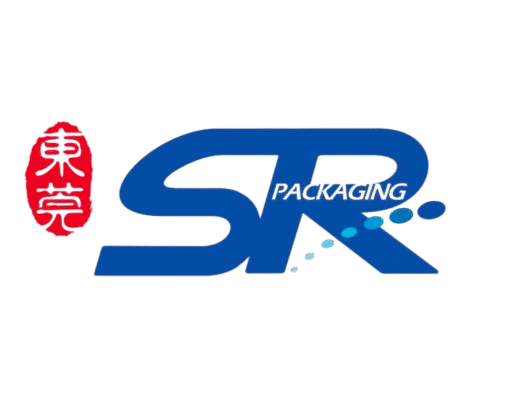We not only provide quality pre-sales service and professional production, we also pay attention to the final work after the production of goods – inspection and transportation. In our opinions, cosmetic packaging inspection and shipment are crucial steps in ensuring the quality, integrity, and compliance of the packaging materials before they are used for cosmetic products.
Here are some our key considerations for cosmetic packaging inspection and shipment, you can have a look.
Pre-shipment Inspection: Before packaging materials are shipped to the cosmetic manufacturer, it is essential to conduct a pre-shipment inspection. This inspection verifies that the packaging materials meet the specified quality standards, regulatory requirements, and agreed-upon specifications. It helps to identify any defects, damages, or deviations from the approved samples.
Inspection Criteria: Establish clear inspection criteria and standards for the packaging materials. This includes dimensions, appearance, color, printing quality, labeling accuracy, closure functionality, and any specific regulatory compliance guidelines. The criteria should be documented and communicated to the inspection team and suppliers.
Sampling Plan: Develop a sampling plan that outlines the number of units to be randomly selected for inspection from each shipment or lot. The sampling plan should consider statistically significant sample sizes to ensure representative inspection results.
Inspection Methods: Determine the inspection methods based on the characteristics of the packaging materials. This may involve visual inspection, dimensional checks, functional testing of closures, barcode verification, ink adhesion testing, or any other specific tests relevant to the packaging type. Use appropriate tools and equipment to conduct the inspections accurately.
Regulatory Compliance: Ensure that the packaging materials comply with applicable regulatory requirements, such as labeling regulations, safety standards, and packaging material restrictions. Inspectors should verify that the materials adhere to these regulations and have the necessary certifications or markings.
Documentation and Reporting: Document the inspection process, findings, and any non-conformities detected during the inspection. Maintain proper records of inspection reports, photographs, and any supporting documentation. Provide a detailed report to the cosmetic manufacturer or relevant stakeholders, highlighting the inspection results and any recommended actions.
Corrective Actions: In case of non-conformities or defects found during inspection, collaborate with the packaging supplier to determine appropriate corrective actions. This may involve rework, replacement, or negotiation for compensation, depending on the severity of the issues. Follow up with the supplier to ensure that corrective actions are implemented effectively.


Balancing the Brands vision with package compatibility can have a large impact on the materials used for your package. We offer a wide range of materials that can be used in stock packages from plastic, PCR, glass, aluminum and bamboo as examples, and we are happy to consult and provide guidance on material selection & decoration based on your Brands needs. Not sure what materials to use? Our engineering experts can help advise you here.
